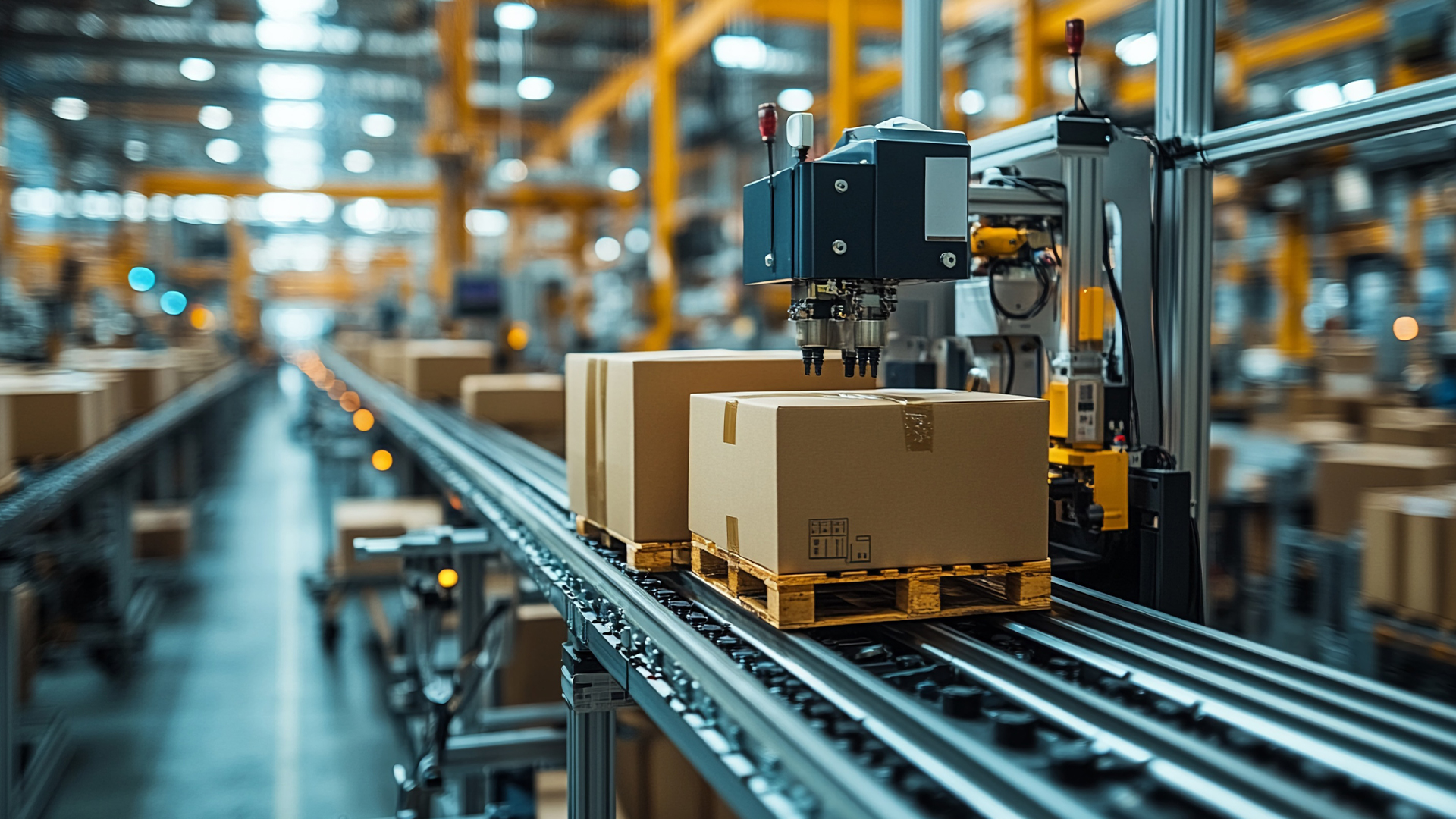Brew Success: How to Start a Coffee Cart Business
For coffee enthusiasts everywhere, the thought of owning their own coffee truck has crossed their minds at least once in their lives. Whether it is a full-time occupation or a side hustle to make money over the weekend, the allure is undeniable. But building a profitable and sustainable business takes hard work and a lot of it.
A successful coffee cart business requires more than a passion for coffee and high-quality commercial coffee machines. However, with the right attitude, hard work, and a creative but realistic business plan, turning your dreams into reality is not out of reach.
Market Research
Regardless of the type of business you want to start or the industry you want to enter, the first step in creating your own business brand is to conduct thorough market research. You need to understand the current market, your main competitors, your potential customer base, and their specific wants and needs.
The beauty of a mobile coffee service is that it allows you to offer a delicious and affordable luxury to consumers with specific daily allowances. You can also effectively reach different locations and customer demographics. These are important considerations when establishing if and where the gap in the market exists.
Create a Business Plan
Once you have established the type of coffee cart you want to operate, you need to create a comprehensive business plan that can serve as a roadmap for your startup. This plan should include a company description, an executive summary of business and operations, details about products and services, a complete overview of customers, competitive and market analysis, a detailed financial plan, a marketing strategy, key risk and mitigation strategies, and an overview of the management team.
It is crucial to remember that if you want to secure investment and capital from outside sources, you will need to submit your business plan outlining your business strategy and predicted financial expenses. Be as detailed and clear as possible to give yourself the best opportunity.
Legalities & Licensing
A vital component of setting up a coffee cart is understanding the local health department regulations and various licensing documents you will need to operate legally. In the food service industry, it is essential to understand and accommodate commissary facilities required by the health department within your operation. These include disposing of water, preparing and packaging food for sale, cleaning utensils, and storing or handling food and equipment.
Furthermore, you will need to secure the necessary documentation to authorise your ability to trade, including a permit from the local council, street trading license, risk assessments, insurance, health and safety certificates, and electrical/gas certificates. To ensure you cover all bases, consult a lawyer familiar with the industry who can guide you through the required paperwork.
Equipment
The exact coffee machine and brewing method you choose depend primarily on the type of coffee you want to serve and the space available. It is recommended that you purchase the best equipment you can afford that suits your power sources. High-quality equipment produces the best product, and investing in more expensive models typically carries a favorable warranty and guarantees an extended lifespan.
One of the most essential factors in having an operational coffee cart is having a reliable power source. Generally speaking, you have three main options: generators, solar/battery, or mains power. The best option would be mains power, as it is far more stable and consistent, but it isn’t available everywhere, and if you move around to trade each day, it won’t be portable.
Generators are portable but also have noticeable drawbacks, such as noise, odor, and the tendency to stop running after long periods of use. Solar energy is a fantastic, sustainable solution, but it is often not enough to power the entire cart without batteries.
Finally, coffee equipment needs purified, filtered water to work at its optimal level. This not only protects the equipment from developing unwanted scale but also results in a much cleaner and fresher taste for the customer. Depending on your setup, you can opt for a system with a built-in filter or select a system that filters the water as it enters an onboard water tank. Your budget and space will largely influence your decision.
Design a Menu
Due to space limitations, most coffee cart businesses can only offer a small, bespoke menu. The key is to pick 3 to 5 core menu items and do them exceptionally well. It is impossible to cater to every customer’s tastes, and the space simply doesn’t exist for multiple grinders, an endless variety of milk alternatives, or a full food menu.
Build an Online Presence
In today’s social media climate, new businesses should never underestimate the power of the online world. Regular marketing techniques will only reach a limited number of people, but to reach a wider audience and potentially attract business partnerships and event clients, you need to harness the power of social media.
There are two popular approaches to online marketing for your Instagram, TikTok, and Facebook accounts. You can create a curated feed that focuses on quality over quantity: high-quality imagery, thoughtful text, and the beauty of storytelling through fewer posts. Alternatively, you can opt for a raw feed that highlights what’s happening in real-time and behind the scenes, using eye-catching photos and short, enthralling text.













